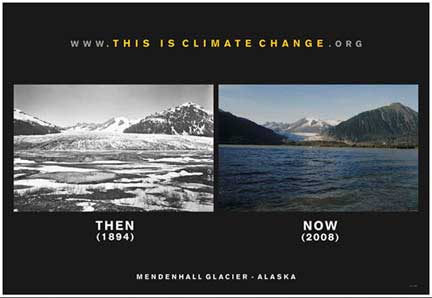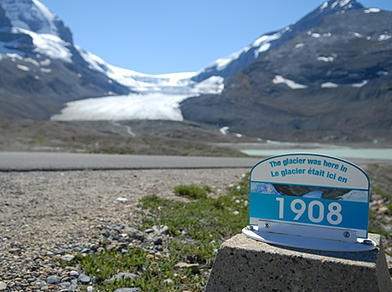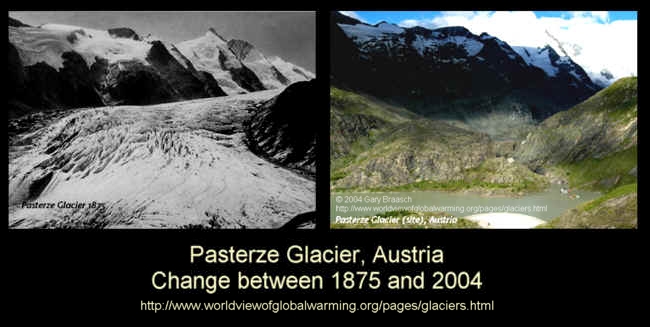Climate Change - The link with mass extinctions
What is the worst-case scenario for climate change? The geological record shows that when the atmosphere suddenly changes, there are big effects on living things. Five major mass extinction events are recorded in the rock record of the last 600 million years. The biggest extinction was at the end of the Permian , around 252 million years ago. It is called the End-Permian mass extinction. Only about 8% of species survived to live on in the Triassic Period. This photo shows geologists investigating tilted sedimentary rocks at Shangsi in South China. Triassic rocks (at the top right) lie over the older Permian rocks. Each mass extinction in the rocks matches with a change in the chemistry of the rocks called a ' carbon excursion '. Some of the carbon excursions are 'negative CEs' and some are 'positive CEs'. Negative CEs indicate that lots of gaseous carbon compounds escaped into the air, causing warming. These are sometime...



